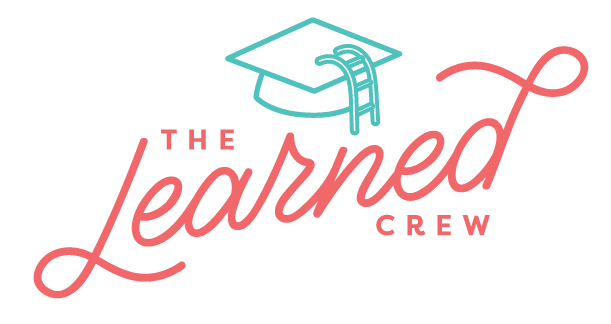Blog post | Find your learning style
One way of studying smarter, not harder, is finding out how you learn best, and optimising that technique. Are you a visual learner, verbal learner, reading/writing learner, or a physical learner?
Chances are you are probably a mix of some or all of these, and that you might need to incorporate a range of methods to help you study.
Here are some brief summaries of the different types of learning styles, and some suggestions on the strategies you can utilise to maximise your study time. Which of these resonate with you?
Visual learner
When you are reading case law or a problem question, try drawing the story out as you go so you have a visual representation of the facts, e.g. drawing the parties to a transaction or the dispute.
Organise your notes into charts, graphs and diagrams.
Use flow charts to explain key legal principles or steps required to answer a legal problem.
Verbal learner
Record your summarised notes and listen back to them on your headphones, e.g. when you are going for a walk.
Start a study group and discuss that week’s topics with your friends.
Read your notes, model answers and assignments out loud. You’ll be surprised what you pick up!
Reading/Writing learner
Write, write, write! Prepare notes by reading your lecture materials and case readings, re-writing them, and then summarising them into smaller and smaller summaries.
Write model answers for your exams. See more on this in Blog 6.
Write a one page summary each week on that topic, which includes the key legal principle (or takeaway message of that week), the key case, and the key piece of legislation.
Physical learner
Use real life examples (eg current real court cases), problem questions, and case studies in your summary to help with abstract legal concepts.
Write model answers for exams, and then practice using the model answer under exam conditions with a problem question.
Speak to legal professionals who are working in the area of law you are studying, to gain insight into what it is actually like in practice. See if you can gain work experience or shadow that professional for a day.


